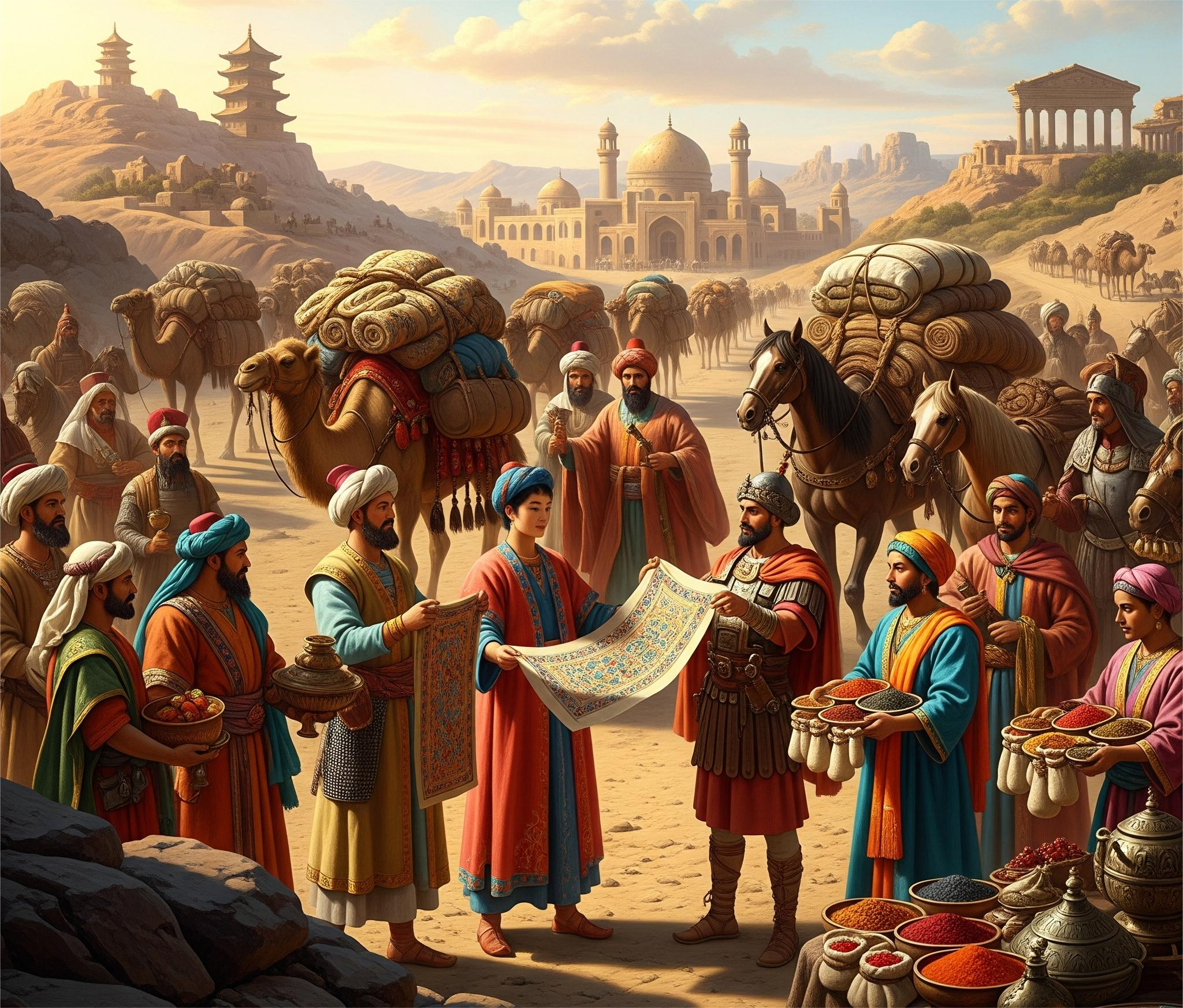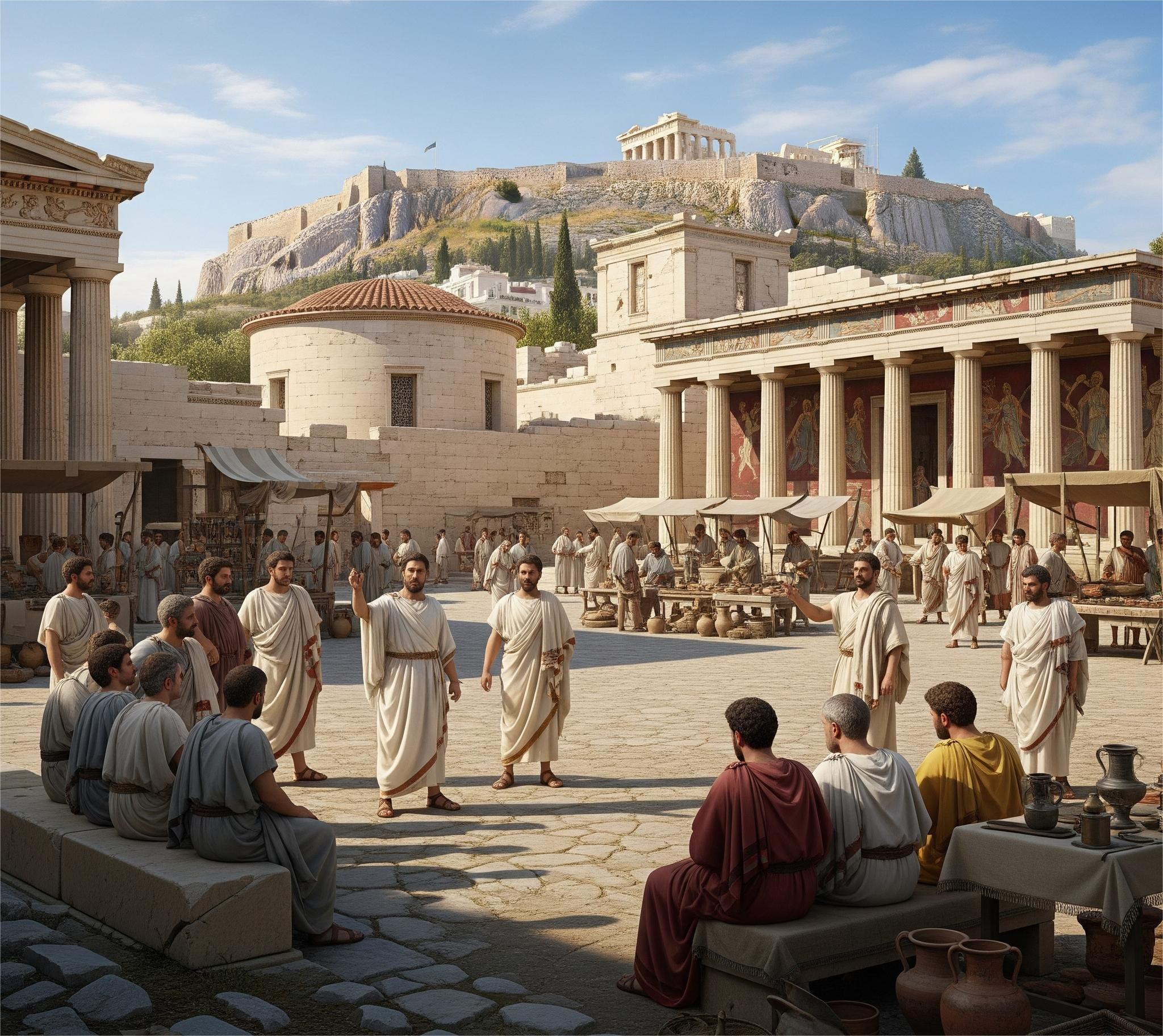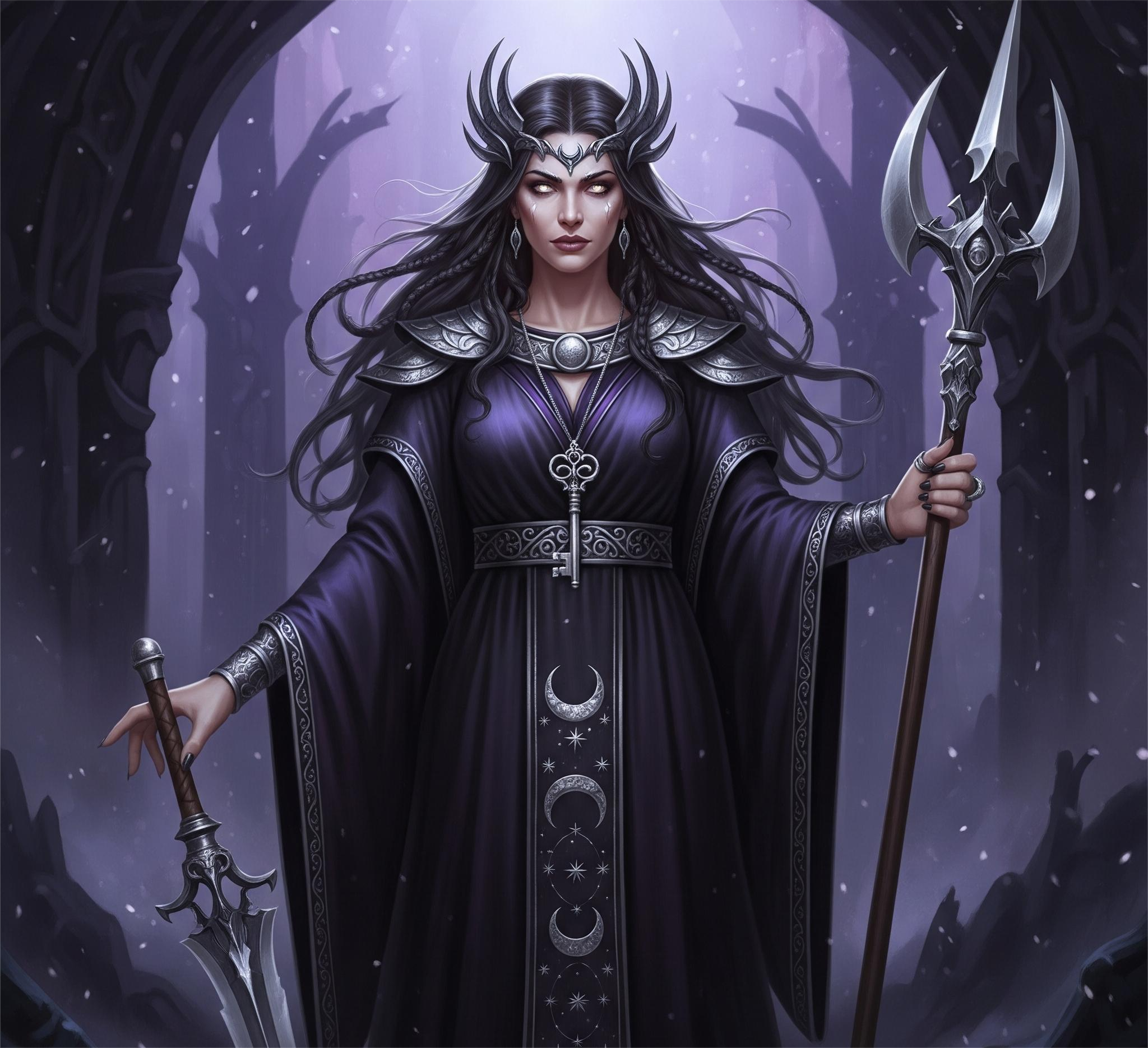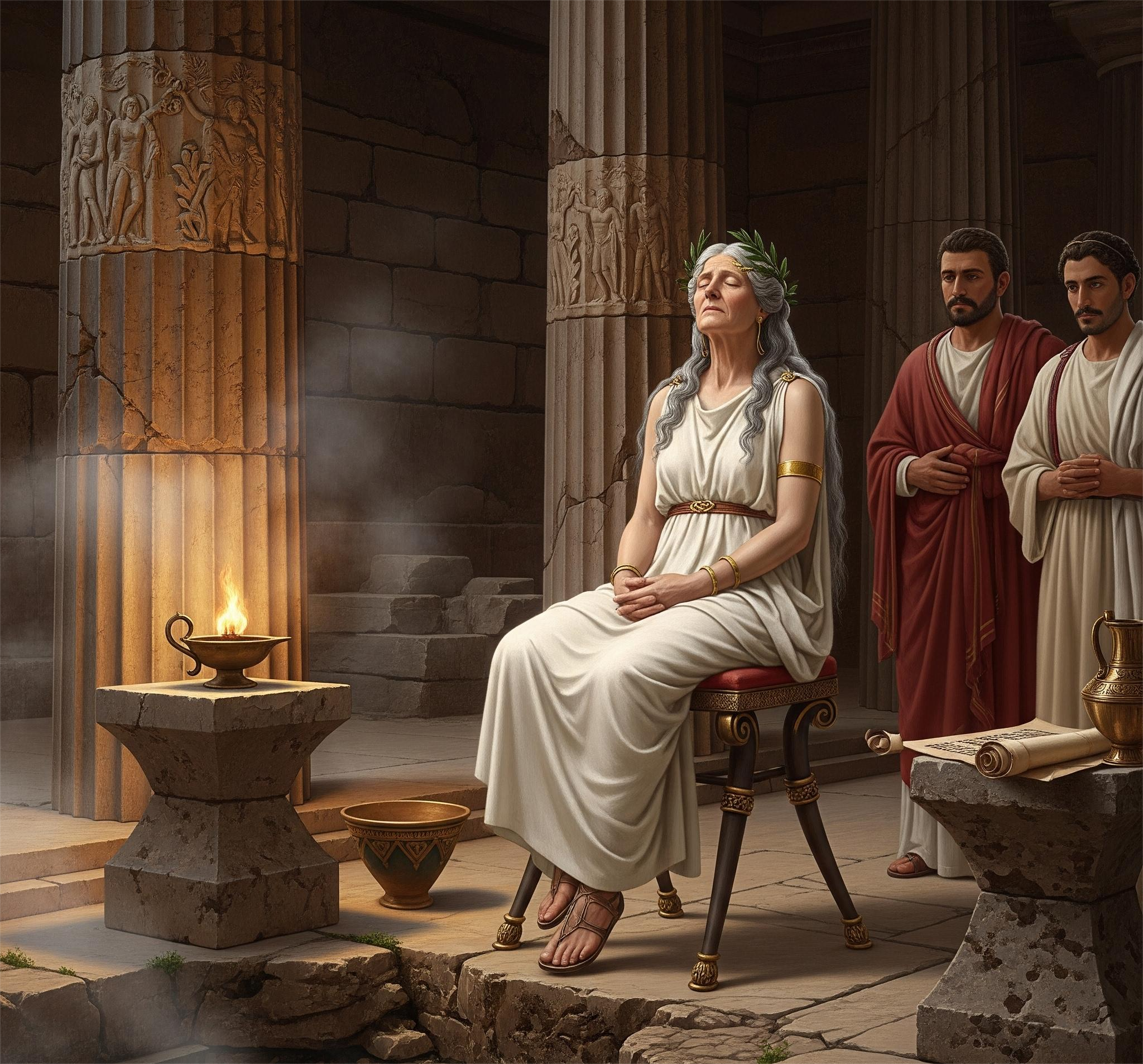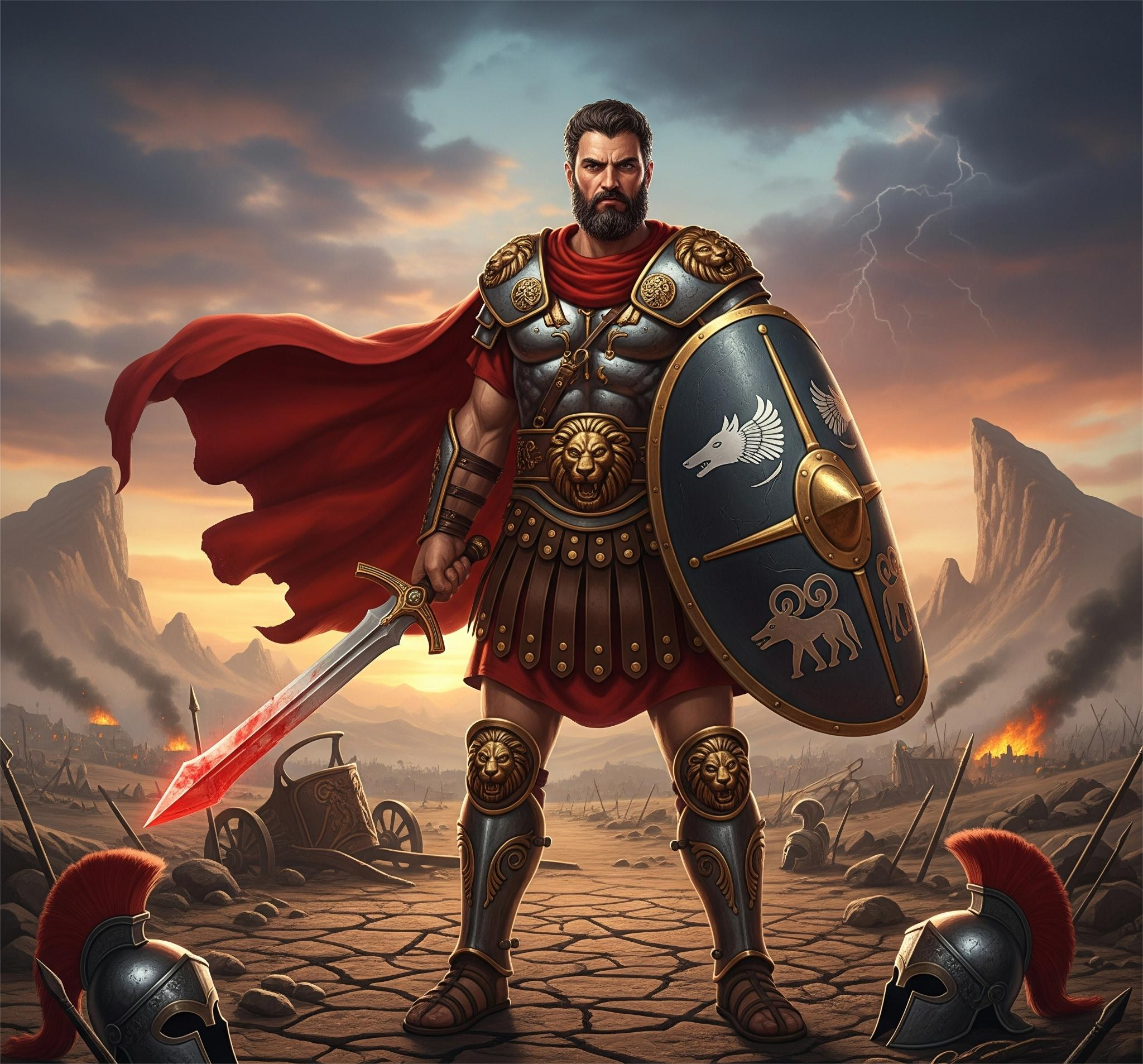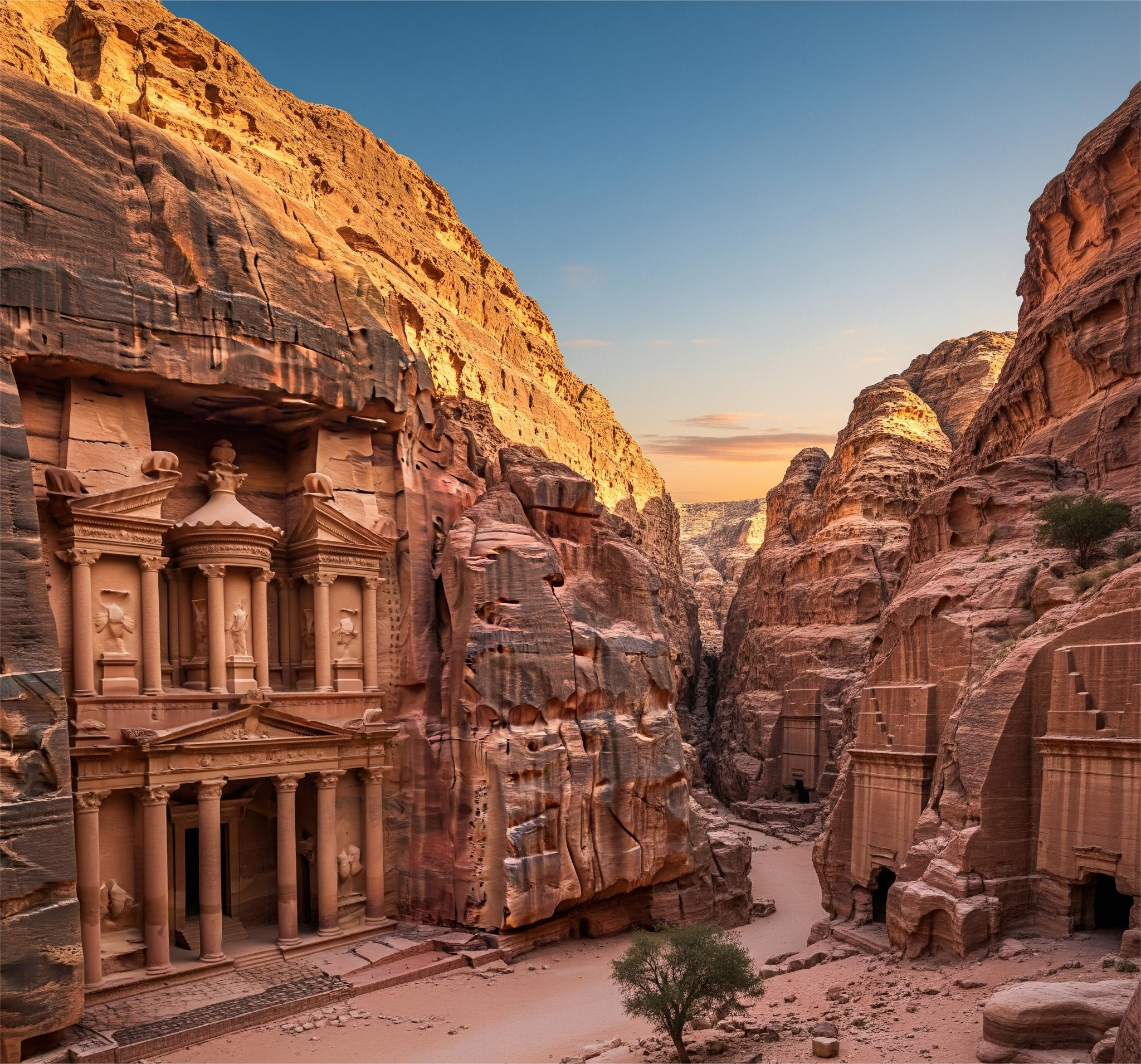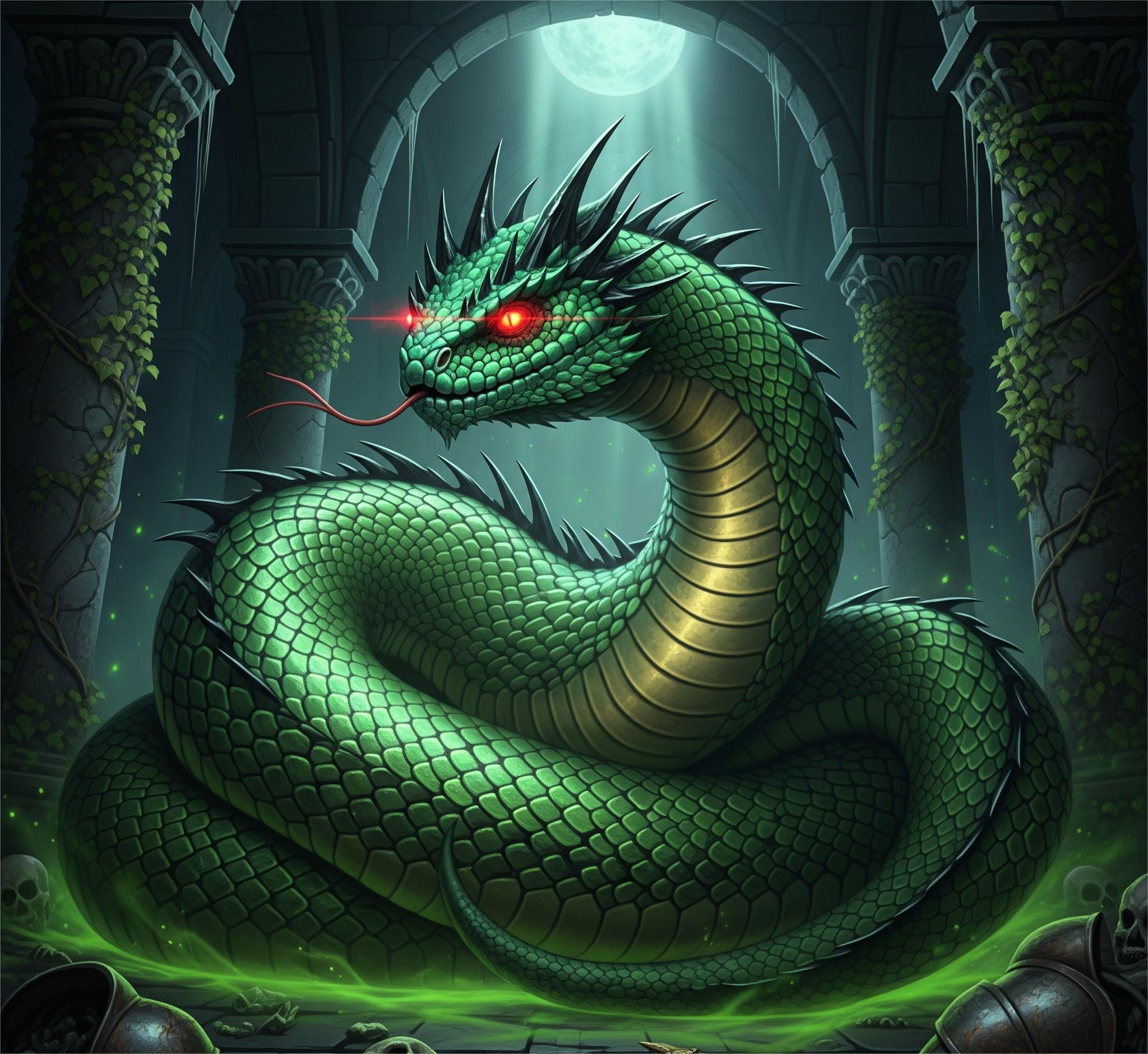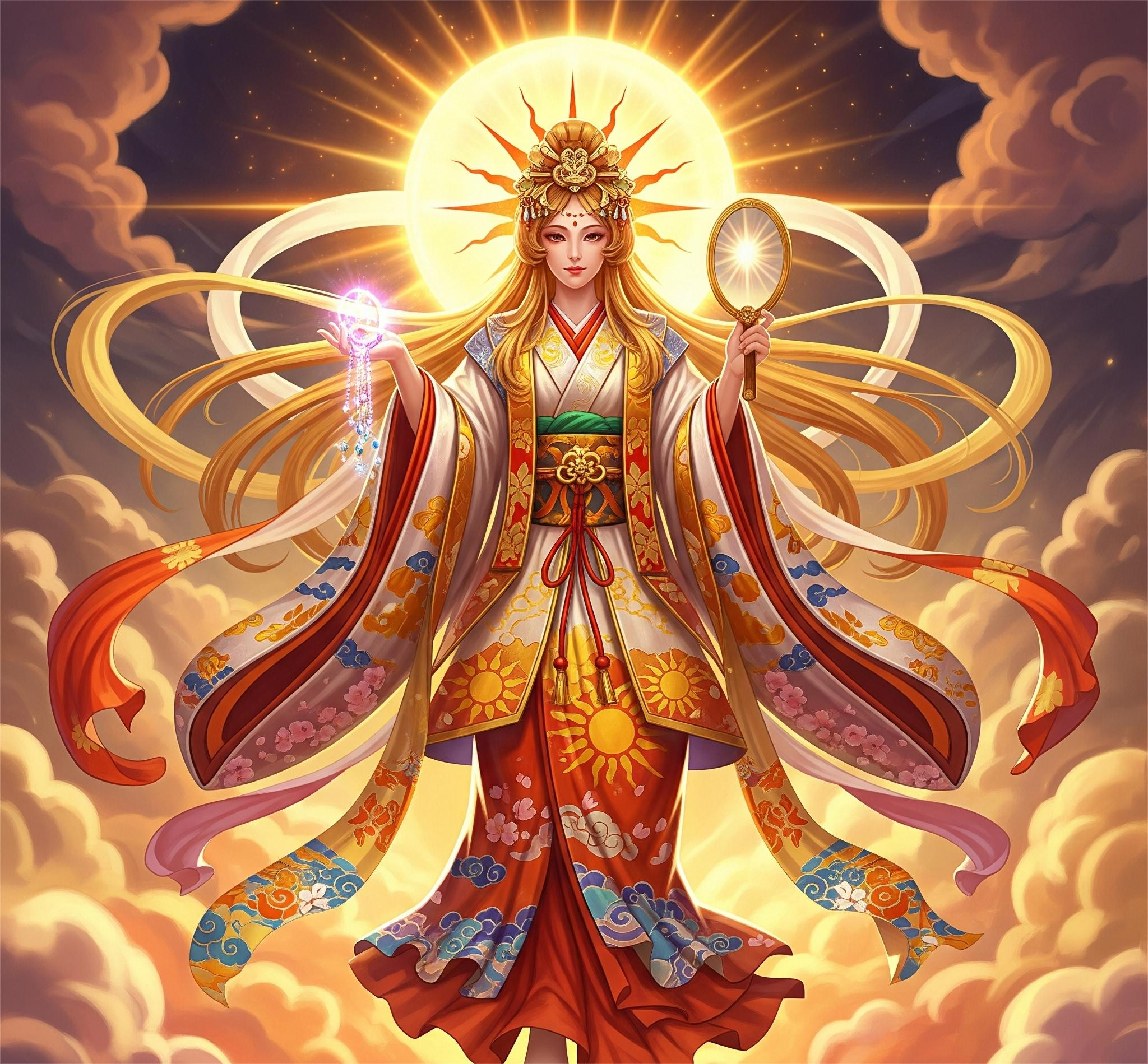In the pantheon of ancient Mesopotamian mythology, Tiamat looms large as the embodiment of chaos, creation, and cosmic transformation. Portrayed as a primordial sea goddess and monstrous dragon, her myth is central to the Babylonian creation epic, the Enūma Eliš. Tiamat’s battle against the storm god Marduk reflects deep theological and cosmological ideas about order and disorder, and her story has left a lasting imprint on later Near Eastern and even Western mythologies.
Tiamat’s Origins: Chaos and Creation
Tiamat’s name likely derives from the Akkadian word for the sea (tiāmtu), and she is understood as the personification of the saltwater ocean, paired with Apsu, the freshwater god.
In the Enūma Eliš—a foundational Babylonian myth dating to the 12th century BCE—Tiamat and Apsu exist before the formation of the world. Their mingling gives rise to the younger gods, who disrupt the primordial calm with their noise and ambition.
Tiamat’s early role is not immediately antagonistic. She is, at first, a divine mother figure, creating new generations of gods. However, after Apsu is killed by one of their descendants (Ea), Tiamat becomes enraged and seeks revenge.
The War of the Gods: Tiamat vs. Marduk
Tiamat’s transformation from mother to monster marks a pivotal moment in Mesopotamian mythology. She creates an army of monstrous beings—including giant serpents, scorpion men, and demons—and appoints her consort Kingu as the general of her forces.
This climactic divine conflict sets the stage for Marduk, a young storm god and champion of the Babylonian pantheon. In exchange for absolute divine authority, Marduk agrees to battle Tiamat.
The Epic Battle:
Marduk confronts Tiamat with a net, storm winds, and a bow.
He drives his winds into her mouth, distending her body, then shoots an arrow through her.
Upon killing her, he splits her corpse in two:
One half becomes the sky.
The other half forms the earth.
This act of cosmic violence is not just a power struggle—it is a metaphor for the imposition of order upon chaos, turning the shapeless into structure, and transforming the terrifying mother of monsters into the very material of the universe.
Creation from Chaos: Aftermath of the Battle
After slaying Tiamat:
Marduk creates the heavens and constellations from her body.
He uses Kingu’s blood to create humankind, meant to serve the gods.
He organizes the calendar, time, and the divine hierarchy.
Thus, Tiamat’s death is paradoxically also an act of creation. Her dismembered form becomes the foundation of the known world—a theme that resonates with other myths of creation through divine sacrifice (e.g., Ymir in Norse mythology or Purusha in Vedic texts).
Tiamat’s Symbolism and Theological Role
Tiamat embodies the primordial chaos, but she is not simply evil. As both creator and destroyer, she mirrors nature’s dual role: giver of life and source of destruction.
In Mesopotamian religion, gods like Tiamat were not worshiped in the same way as personal deities like Ishtar or Marduk. There is little evidence of a cult or temples dedicated specifically to Tiamat. Instead, she serves as a mythic symbol within Babylonian theology—a representation of:
Natural forces (sea, storms, death)
Maternal creativity
The threat of an uncontrolled universe
Legacy: Tiamat’s Influence on Later Myths
Tiamat’s myth did not fade with the fall of Babylon. Her archetype—the chaos dragon—echoes throughout history:
In the Hebrew Bible, the chaotic sea monster Leviathan and the abyssal Tehom bear linguistic and thematic connections to Tiamat.
In Greek mythology, Typhon and Echidna, monstrous parents of beasts, reflect her role.
The motif of a storm god slaying a sea dragon appears in Canaanite (Baal vs. Yam), Hittite (Teshub vs. Illuyanka), and Norse (Thor vs. Jörmungandr) myths.
In modern fantasy, Tiamat reemerges as a literal five-headed dragon goddess in Dungeons & Dragons, showing her lasting pop-cultural power.


